Explanation
Gyujanggak Library was founded in 1776 during the reign of King Jeongjo, the 22nd ruler of the Joseon dynasty, at which time it was located within the Changdeokgung Palace grounds. It functioned as the royal library, which housed writings of the previous kings, their relics and books from home and abroad.
Today Seoul National University maintains the items of Gyujanggak in a traditional Korean building which is equipped with state-of-the-art facilities necessary for the preservation of cultural heritages. Moreover, Gyujanggak Library of Seoul National University collects and publishes books from a variety of sectors such as politics, economy and society.
Gyujanggak now houses more than 270,000 items including 7 national treasures, 8 treasures, 180,000-plus old books, about 50,000 documents and 18,000 printing blocks. Among them, Joseon Wangjo Sillok (the Annals of the Joseon Dynasty, a National Treasure), Seungjeongwon Ilgi (the Diaries of the Royal Secretariat, a National Treasure) and Uigwe (the Royal Protocols of the Joseon Dynasty) have been designated as UNESCO World Cultural Heritages.
Inquiry
+82-2-880-6030
Homepage
Information Use
Contact and Information : • 1330 Travel Hotline: +82-2-1330
(Korean, English, Japanese, Chinese)
• For more info: +82-2-880-6030
Parking facilities : Available
Parking Fees : Charged
Day off : Weekends, public holidays, university foundation day & other days decided by SNU
Charges : Free
Hours : 09:30-17:30 (Last admission 30 min before closing)
Scale : B1-4F
More information
Collections Status
1) National Treasures: 7 annals (7,125 volumes)
2) Treasures: 8 annals (28 volumes)
3) Line of a Joseon King's handwriting, tablet, old map
Industry Information
Preservation, research, publication, education, exhibition
Reservations
Online reservation required for groups of 10 or more people
Foreign Language Intepretation Services
Available in English
- Schedule: Monday-Friday 10:00, 11:00, 14:00, 15:00, 16:00
- Online reservation required in advance
Location
1, Gwanak-ro, Gwanak-gu, Seoul
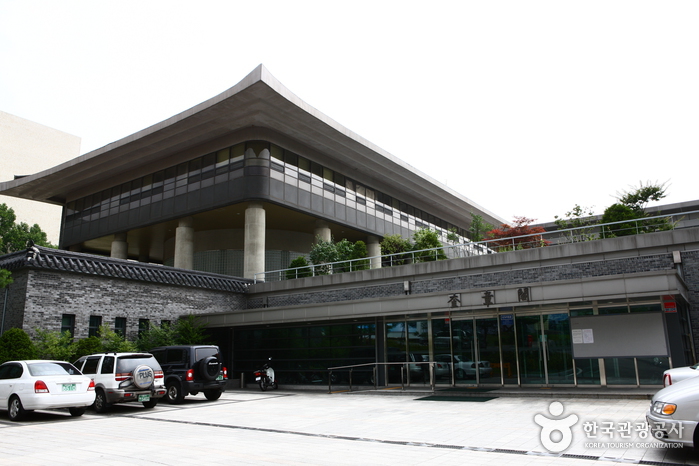
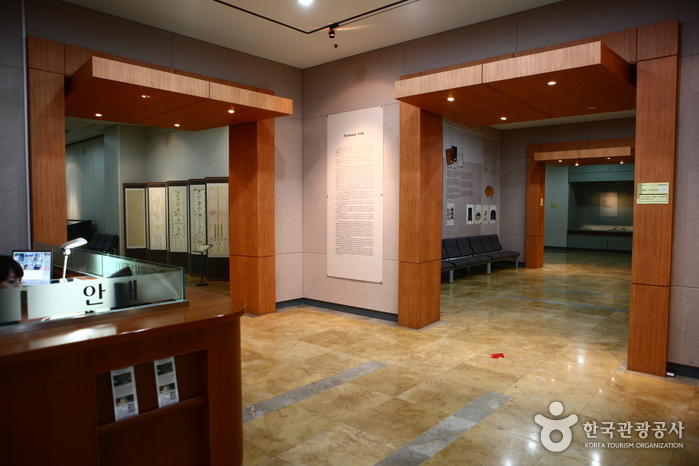
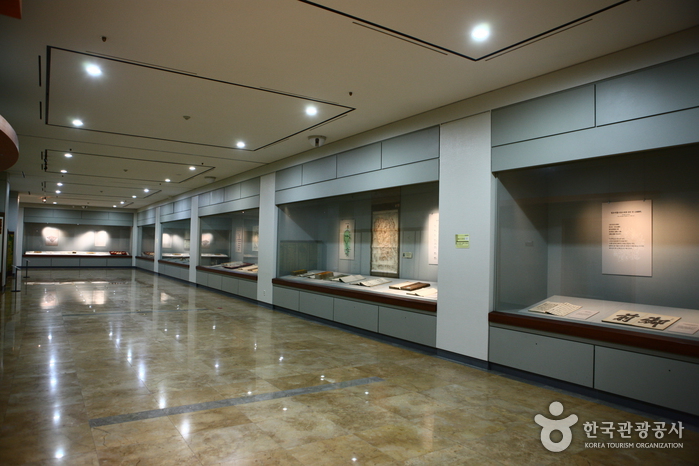
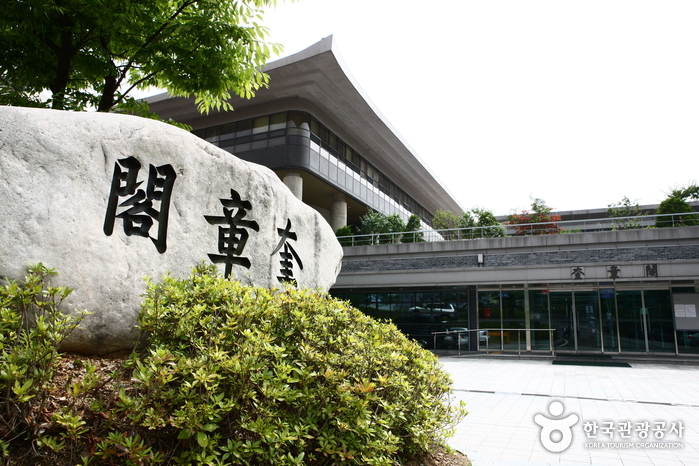
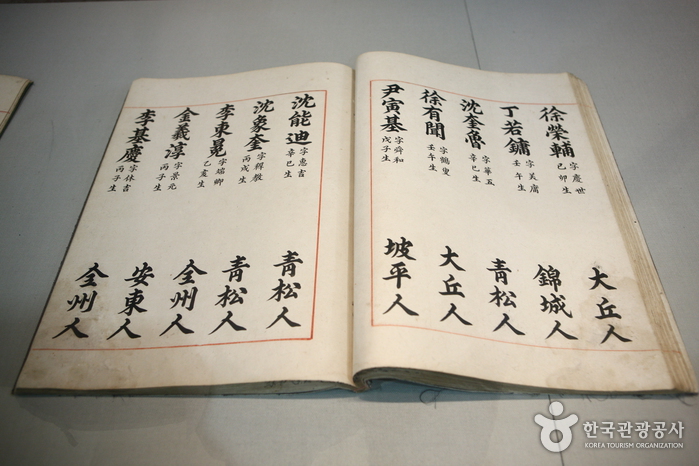
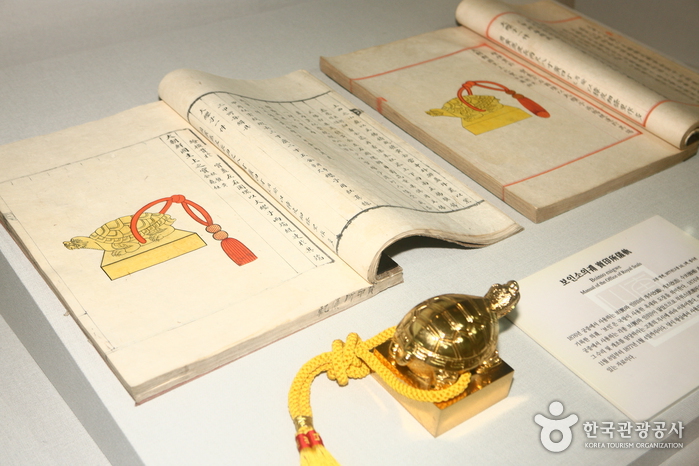
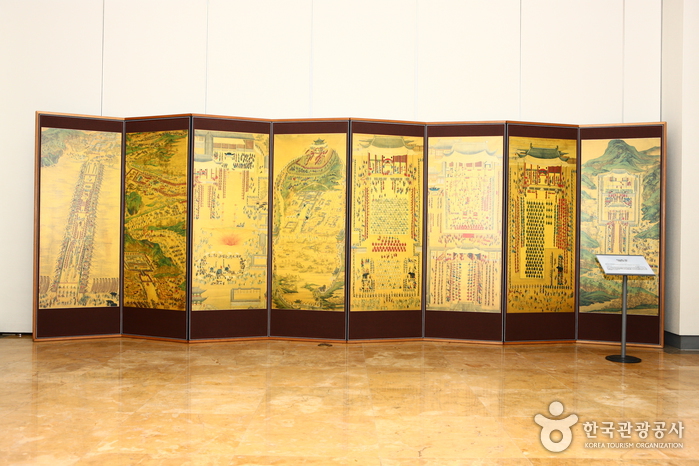
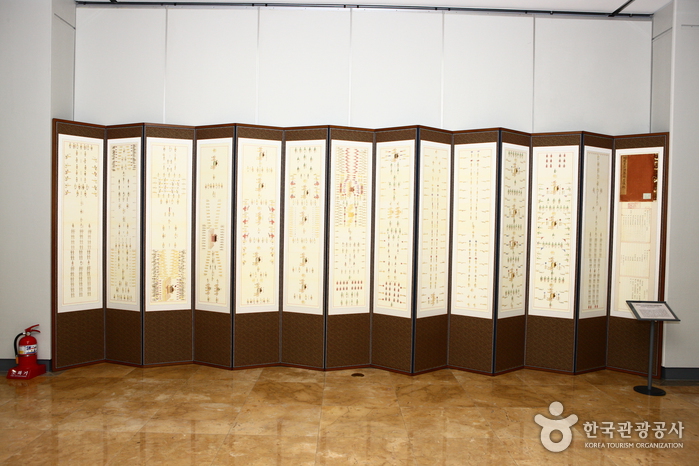
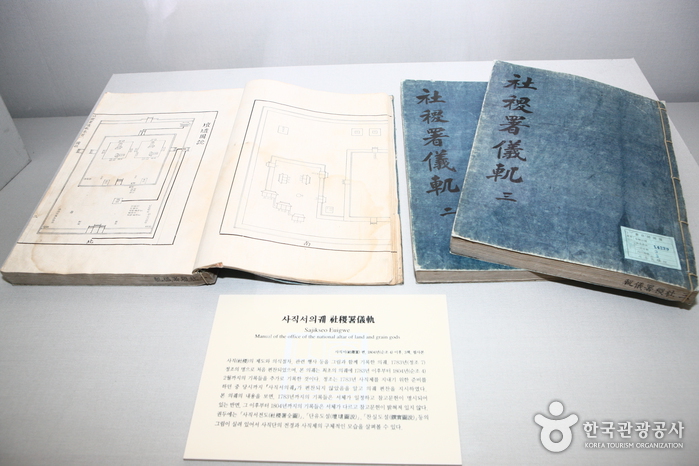
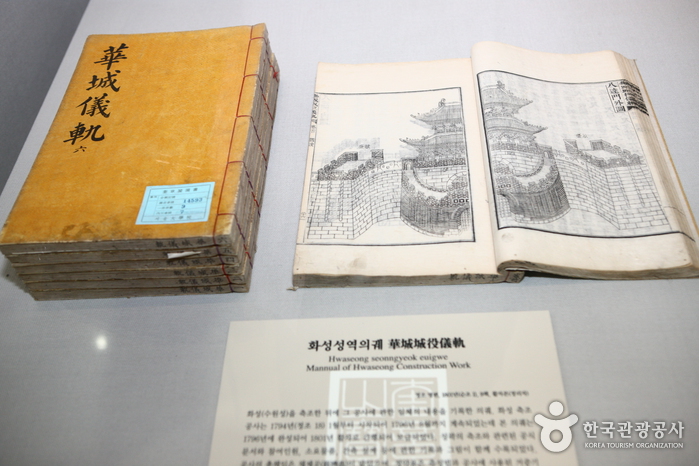
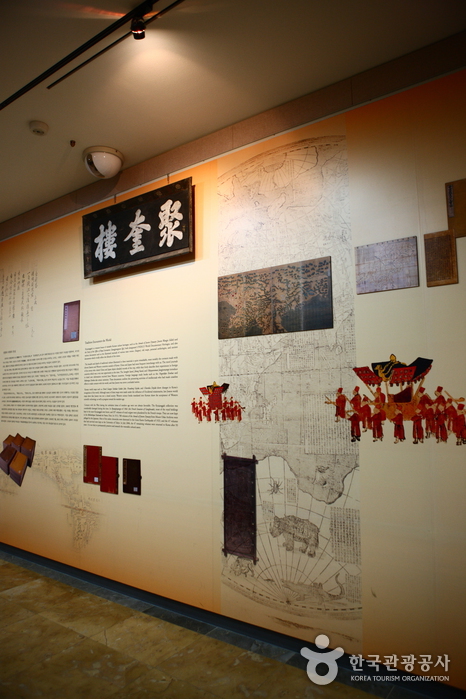
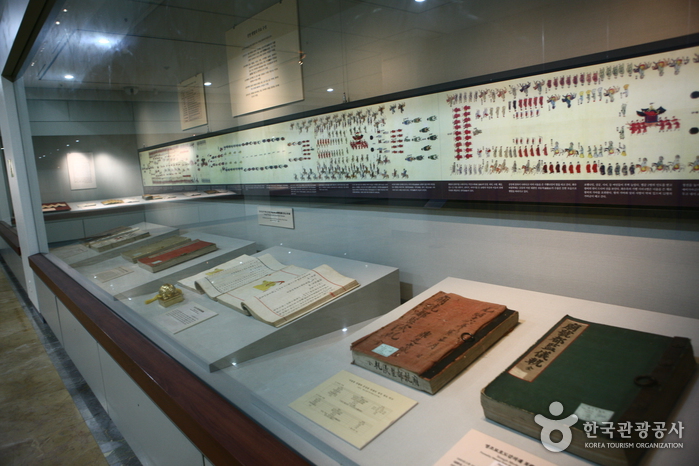
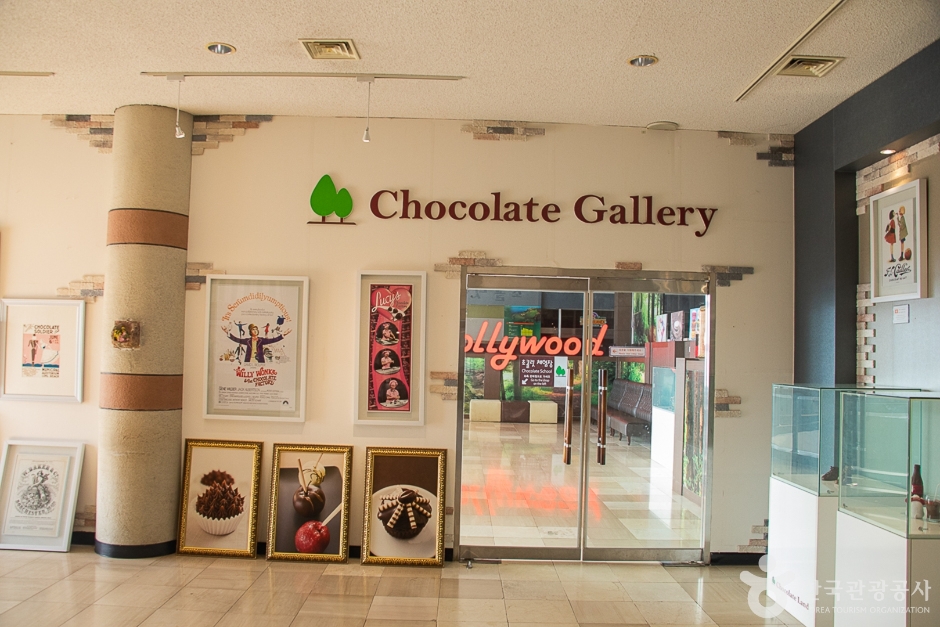
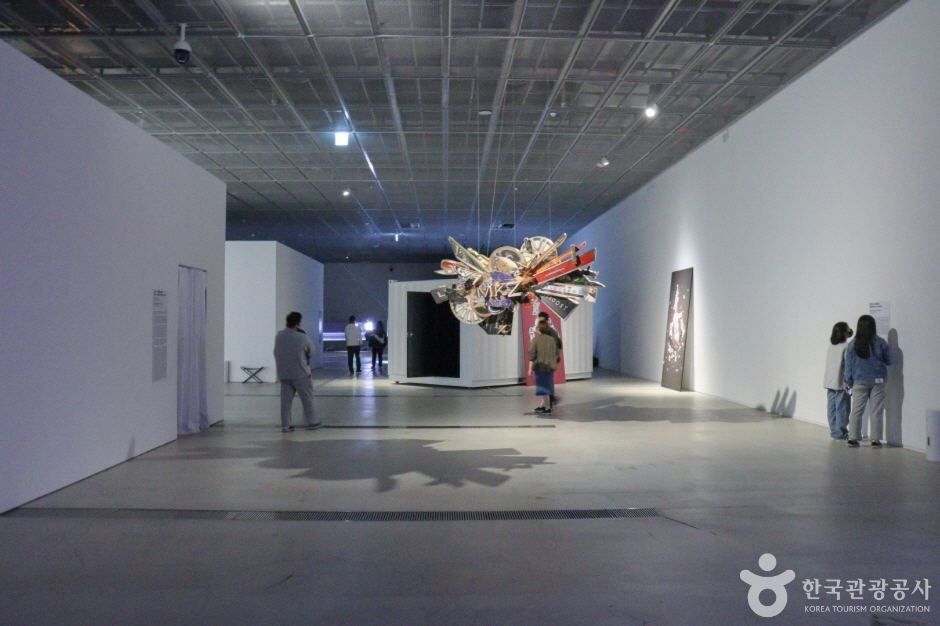
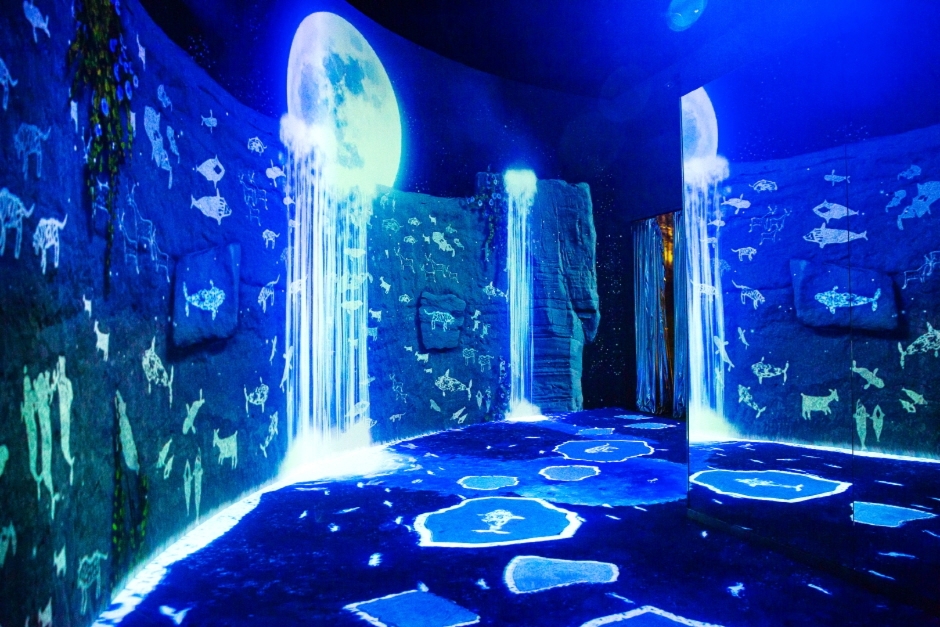
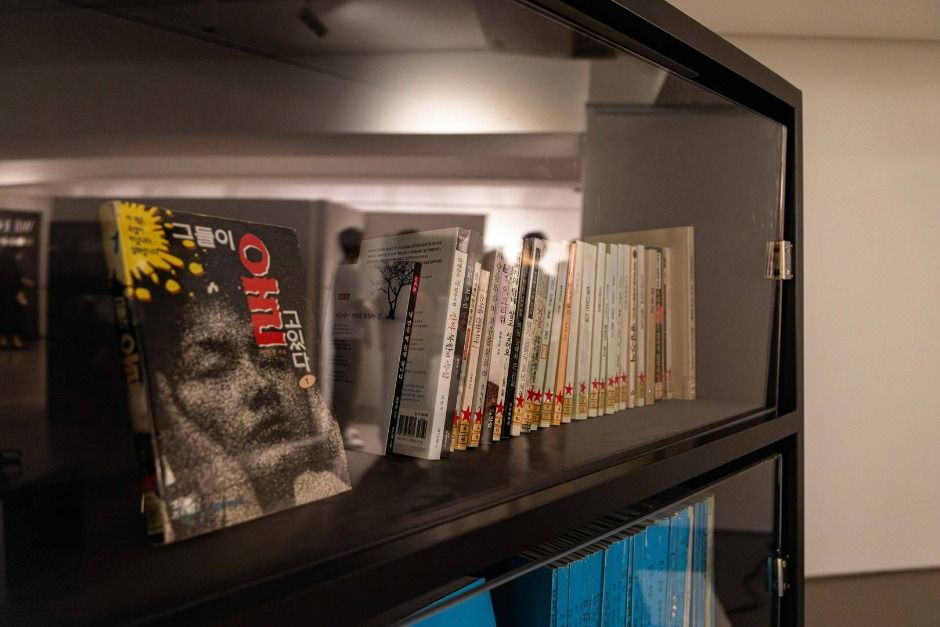
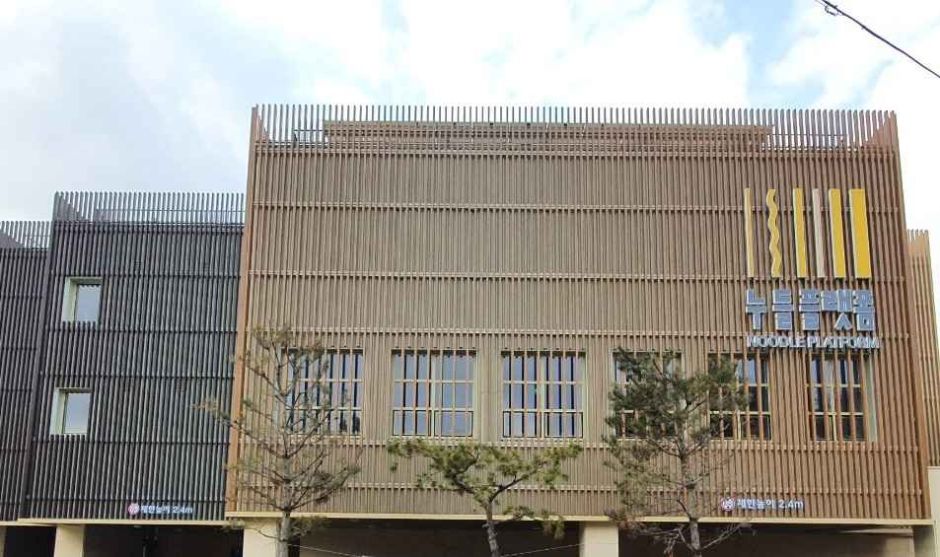
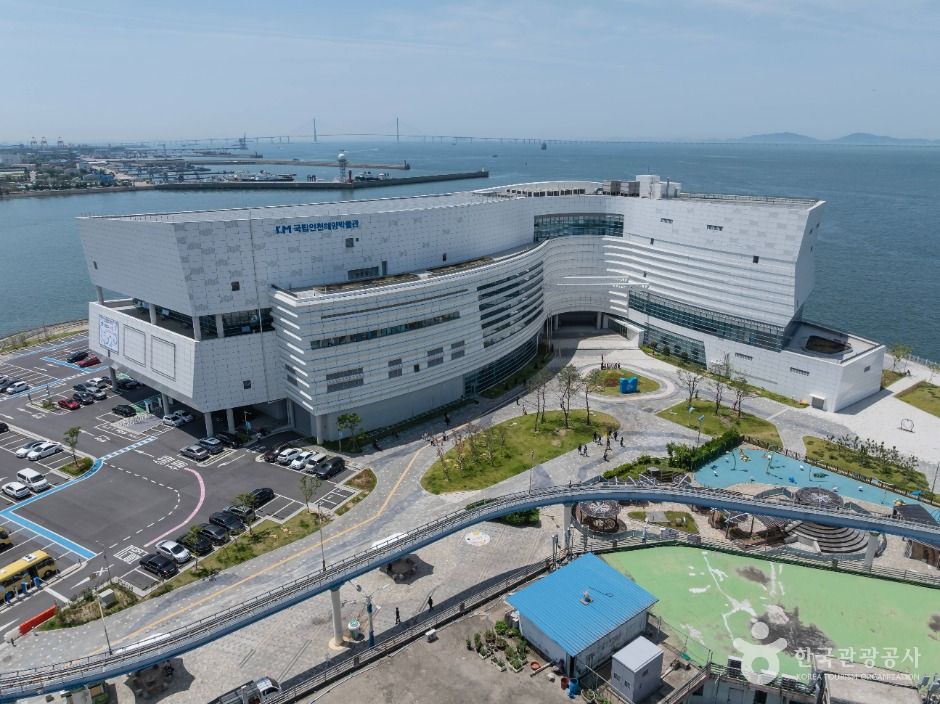
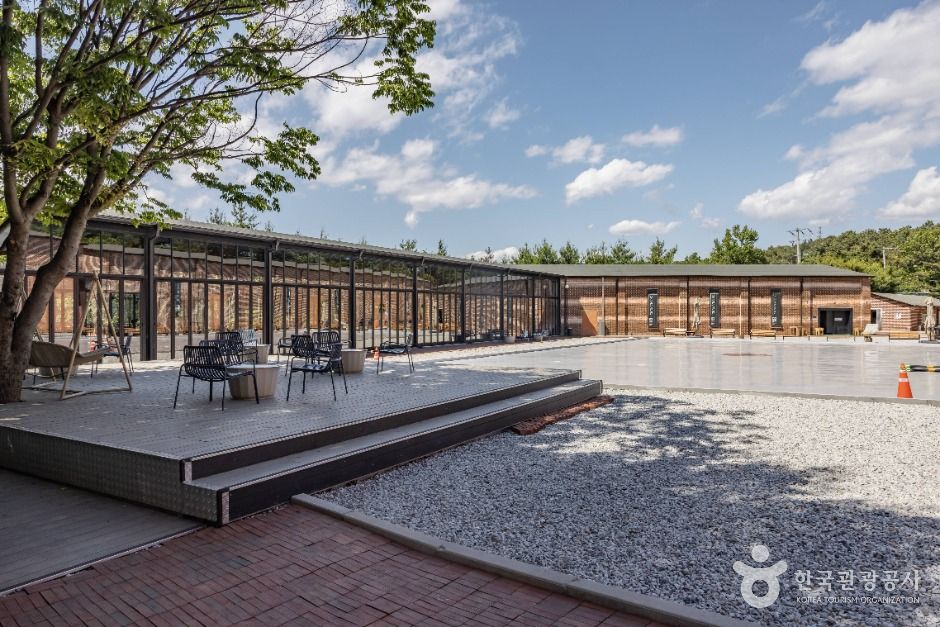
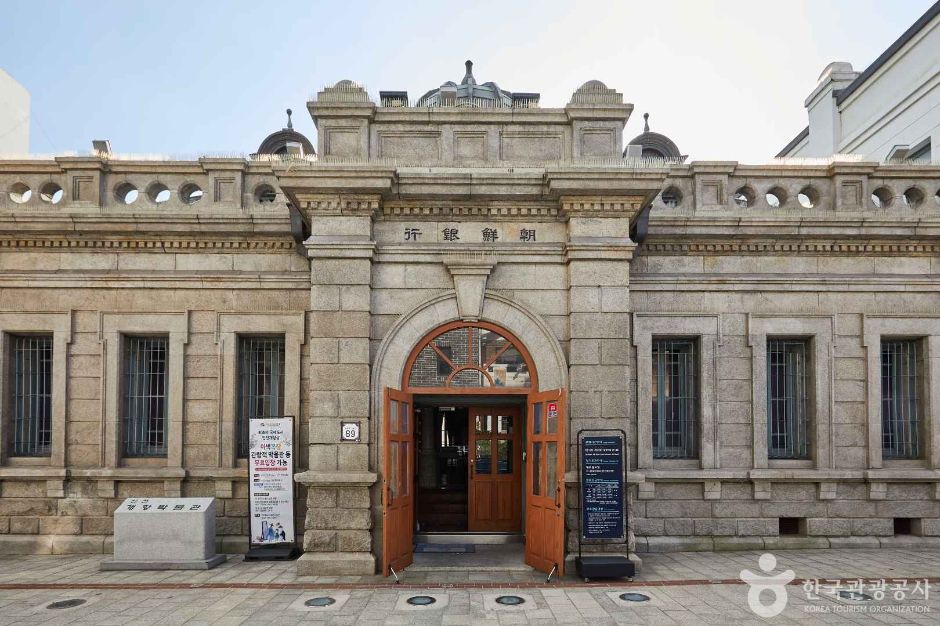

 English
English
 한국어
한국어 日本語
日本語 中文(简体)
中文(简体) Deutsch
Deutsch Français
Français Español
Español Русский
Русский